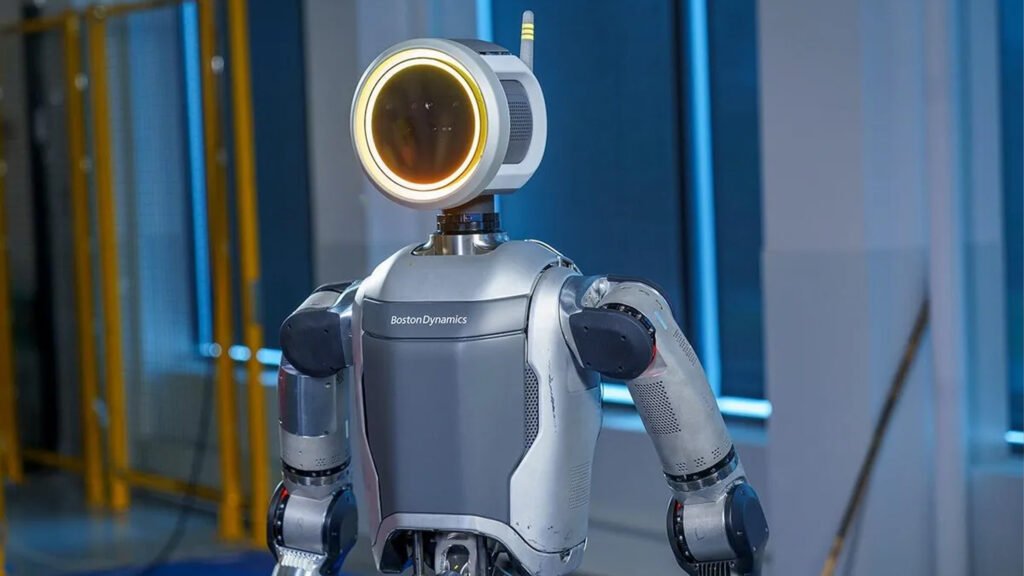Humanoid robotics saw significant progress in the past year, and 2025 is set to push this technology even further. As several humanoid robots vie for dominance in a competitive field, the coming year promises to be a pivotal one for these machines, which increasingly resemble us. In the previous year, Boston Dynamics revealed its new all-electric Atlas robot, retiring its iconic hydraulic version (now called HD Atlas), which gained internet fame.
The new Atlas showcases remarkable movement capabilities, surpassing human abilities, a trait it shares with the Unitree G1—a smaller humanoid priced at $16,000. While Atlas can twist and move its head, torso, and limbs in ways most humans can’t, the G1 can fold down to less than three feet in length, presumably for easier storage and transport.


In addition, companies like Figure, Agility Robotics, and 1X have formed key partnerships with firms such as Nvidia and OpenAI, utilizing their hardware and software to accelerate the robots’ performance and capabilities. Tesla, on the other hand, has chosen to leverage the technology it developed for its car’s driver assistance systems, repurposing it into its Optimus robots. As we move into 2025, expect to see more strategic partnerships, extraordinary feats of superhuman ability, and increased real-world testing as companies strive to set themselves apart in the race.



